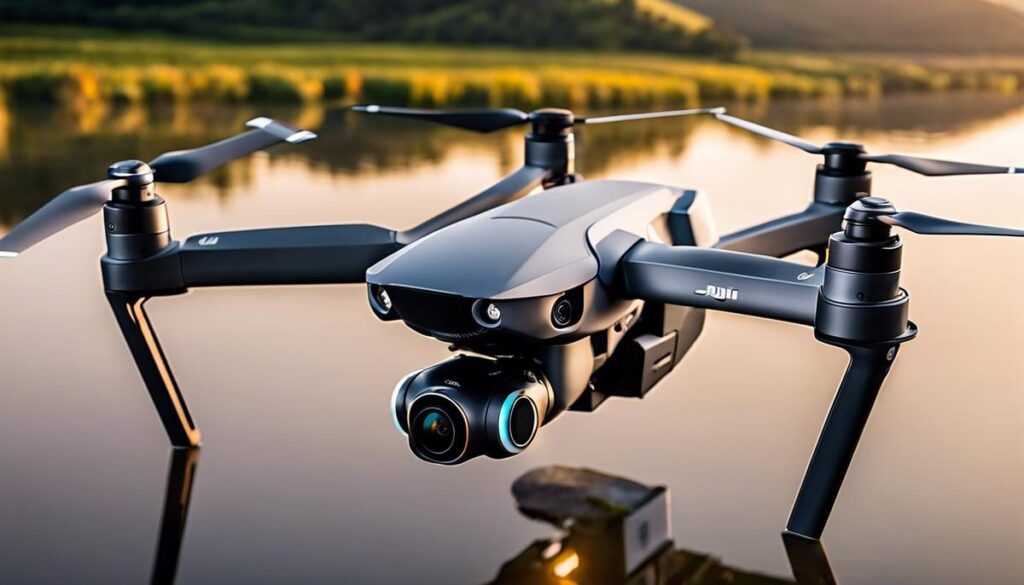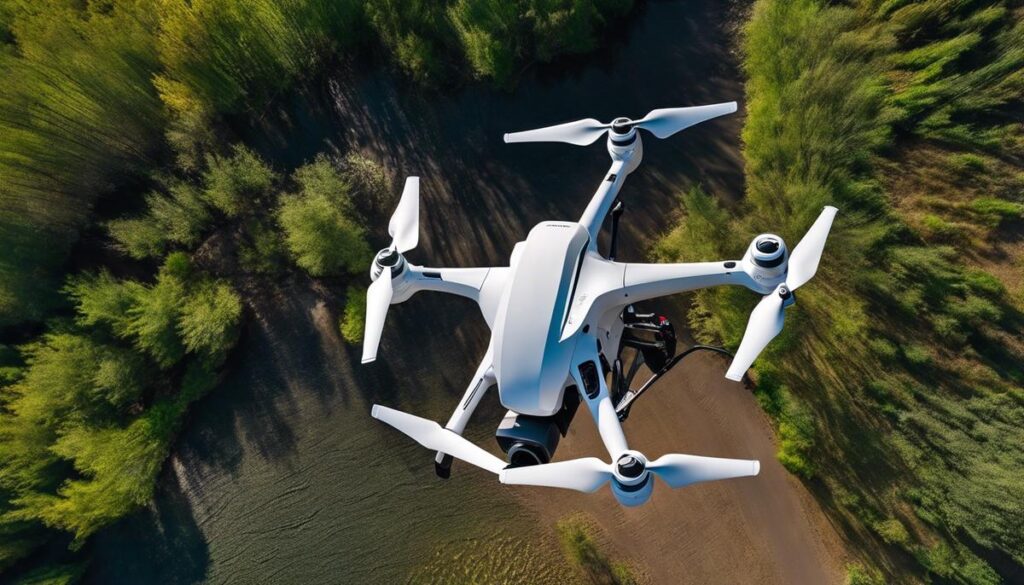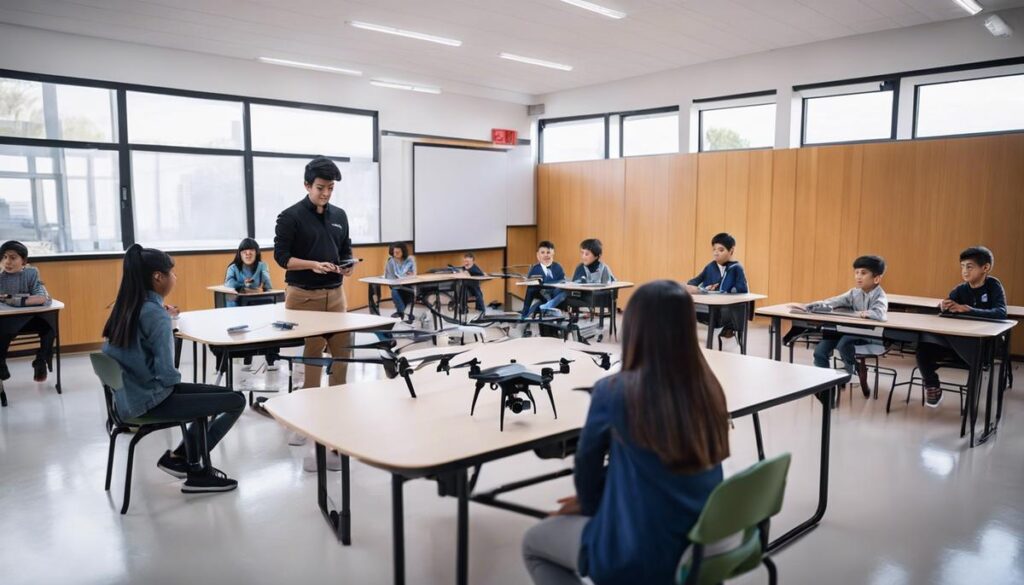Delving into the realm of aerial technology, the unprecedented evolution in the drone industry, spearheaded by brands like DJI, is truly remarkable. The company continues to incubate ground-breaking innovations, engendering drones that far surpass predecessors and competitors with cutting-edge technology. This paper explores the exhilarating world of DJI’s latest fleet of drones, shedding light on their robust capabilities, distinctive specifications, applications, and performance from both expert and consumer viewpoints. Get ready to take flight as we journey through the specifications and traits that set the latest DJI drones apart, and observe how they have shaped and transformed the drone landscape.
Key Features of the Latest DJI Drones
The world of drones has made some remarkable strides and none more so than the latest editions of the DJI drone models. What makes these models stand out in the big wide world of tech? Let’s delve into their significant features, focusing on the DJI Mavic Air 2 and the DJI Mini 2.
First, it’s imperative to note that DJI Mavic Air 2 brings to life an impressive blend of high-grade design and advanced features. With an overall weight of 570g, it is admirably light and portable. Its intricate, foldable design makes it an easy carry-on for adventurers aiming to capture impressive aerial shots.
Among its marvel of features, it pulls off a stunning 4K Video at 60fps, meaning you can capture the world in some pretty incredible detail. The Mavic Air 2 also boasts an excellent 48MP camera. This capability allows for taking high-resolution images and capturing the vibrant colors of the environment.
Equipped with 1-2 inch CMOS sensor and a three-axis gimbal, it stabilizes the camera, delivering ultra-smooth footage and accurate color solutions, even in challenging flight situations. Not to mention, the Mavic Air 2’s advanced FocusTrack mode that allows for three different yet effective tracking features, bringing cinematic shots into the users’ reality.
On the other hand, the compact DJI Mini 2 has a featherweight design of less than 249g, making it not just ultra-light but also convenient for those constant on-the-go. This small and mighty device can snap impressive 4k videos and 12MP images.
The DJI Mini 2 now includes Ocusync 2.0 Transmission technology which provides a more stable connection between the drone and the remote controller. So guess what? Even with its beginner-friendly design, it can reach up to 10km of HD video transmission. That’s a lot of reach for something so tiny!
Both drones also exhibit DJI’s innovative intelligent flight modes, like QuickShot, Panorama, and a signature ‘one-tap’ feature which allows an effortless yet artistic capture of picturesque landscapes.
Furthermore, Mavic Air 2 and Mini 2 show impressive maximum flight times. The Mavic Air 2 offers up to 34 minutes, while the Mini 2 stays in the air for up to 31 minutes – a significant enhancement from its predecessors.
To curb the risk of any accidental damage, both models come equipped with obstacle detection features. The Mavic Air 2 has forward, backward, and downward sensors. While the Mini 2 lacks these sensors, its 360° Propeller Guard provides an extra layer of protection.
In a nutshell, both DJI Mavic Air 2 and DJI Mini 2, break new ground in drone tech by integrating outstanding features into their compact bodies. From clear and stable 4K video execution, high-capacity cameras, commanding flying times, to their remarkable portability. They cater to both novice and pro users, offering simple yet advanced options for capturing stunning aerial imagery.
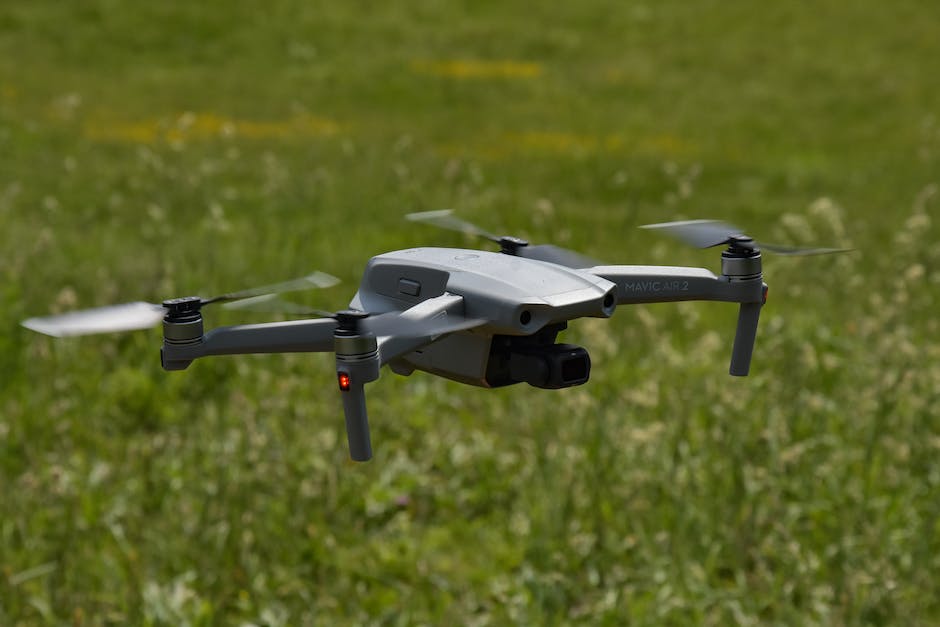
Comparative Analysis of Latest DJI Drones
Moving forward in the exploration of DJI’s latest drone models, we delve deeper into comparing not just their fundamental aspects but some complex features that set these flying devices apart. In this part, we focus on the DJI Mavic 2 Pro and DJI Phantom 4 Pro V2.0. These models, despite being from the same manufacturer, have tangible differences encompassing suitable use-cases, performance, and features that may influence a buyer’s decision.
DJI Mavic 2 Pro, a highly portable piece of technology, boasts a 20MP camera with a 1-inch Hasselblad sensor. Abundantly clear is the emphasis on image quality with this device. The Mavic 2 Pro not only captures 4K video at 30fps like its cousins but has the advantage of adjustable aperture settings. With this, adaptability to varying light conditions equals top-notch performance in darker times of the day. Plus, the Mavic 2 Pro’s Hyperlapse mode is an applausive feature allowing sky-high time-lapse videography, taking creativity to higher heights, literally!
Complementing this is a 31-minute maximum flight time, and craving more from the battery concessions alone would be wishful thinking! Obstacle sensing gets a makeover here too, with omnidirectional obstacle sensing, making safer flights a charm for drone enthusiasts.
On the other hand, the DJI Phantom 4 Pro V2.0 stands tall with its unique design and exceptional features. The Phantom series has always been a favorite amongst professionals, and V2.0 further cements its position with a 1-inch 20MP camera, similar to the Mavic 2 Pro but coupled with a mechanical shutter. This shutter effectively eliminates shutter distortion, a common hunch with moving aerial subjects, giving it an edge in high-speed scenarios.
One of the defining features of the Phantom 4 Pro V2.0, apart from its 30-minute flight lifespan, is the 5-direction obstacle sensing and 4-direction obstacle avoidance. This helps avoid collisions from all angles, making drone flights safer and hassles fewer.
Furthermore, the Phantom 4 Pro V2.0 comes equipped with an infrared sensing system that precisely holds its position even without GPS. Another notable feature is the DJI’s FlightAutonomy system that provides dual rear vision sensors and infrared sensing for a total of five-direction of obstacle sensing and four-direction of obstacle avoidance.
In essence, the DJI Mavic 2 Pro and Phantom 4 Pro V2.0, with their compact and distinguished designs, robust camera performance & technological advancements, exhibit superior performance in their own leagues. It’s thus imperative that an informed choice depends on one’s necessity of portability versus the lure of high-speed professional photography. That said, irrespective of the choice, both models promise an elevated drone experience for users across the spectrum.

Practical Applications of Latest DJI Drones
Pushing the Boundaries with Latest DJI Drone Models
Whether you are a seasoned tech enthusiast, an adventurous outdoor explorer, or a fledgling drone hobbyist, the latest wave of DJI drone models can turn your most exciting fantasies into reality. Let’s highlight some revolutionary applications of these cutting-edge drones.
Advanced Filmmaking
The DJI drones are at the forefront of the modern filmmaking technology. Using the DJI Mavic 2 Pro, filmmakers can enjoy the benefits of Dlog-M and HDR video shooting capabilities, bringing commendable professional quality to their work. The adjustable-aperture lens prowess of both DJI Mavic 2 Pro and the DJI Phantom 4 Pro V2.0 enables directors to adapt to a remarkable range of lighting conditions with ease and flexibility.
High-Resolution Aerial Photography
With the ability to capture stunningly sharp and vibrant 48MP images, the DJI Mavic Air 2 is a marvel in the realm of aerial photography. On the other hand, the DJI Phantom 4 Pro V2.0 offers a mechanical shutter, which eliminates rolling shutter distortion – a great feature when shooting fast-moving subjects.
Improving Construction and Agriculture
These drones are proving to be real game-changers across multiple industries. They are widely used in the construction industry, allowing surveyors to gather detailed data from the air, track project progress, perform site inspections, and even conduct 3D modeling. Likewise, agricultural enterprises can utilize drones for crop monitoring, irrigation planning, and various other tasks, thereby optimizing resource allocation and yields.
Enhancing Search and Rescue Operations
Used strategically, drones can expediently enhance search and rescue operations during emergency situations. Equipped with thermal imaging cameras, drones can quickly reach inaccessible areas while providing real-time updates to rescue units. Furthermore, with extended battery life, substantial flight times, and advanced obstacle detection, the DJI Mavic 2 Pro and DJI Phantom 4 Pro V2.0 are ideally suited for these crucial missions.
Astrophotography and Exploration
The DJI Mini 2 demonstrates its cutting-edge technology by offering astrophotographers the opportunity to explore the night sky in depth. Thanks to its enhanced propulsion system, it enables amateurs and professionals alike to capture breathtaking, high-resolution shots of celestial bodies.
The upshots of these innovative uses highlight the potential of drone technology to improve not only personal recreational experiences but extend to wider societal benefits and industry applications. With such advancements, DJI’s drones indeed facilitate an elevated drone experience for users, pushing the frontier of what’s possible within the realm of modern technology.
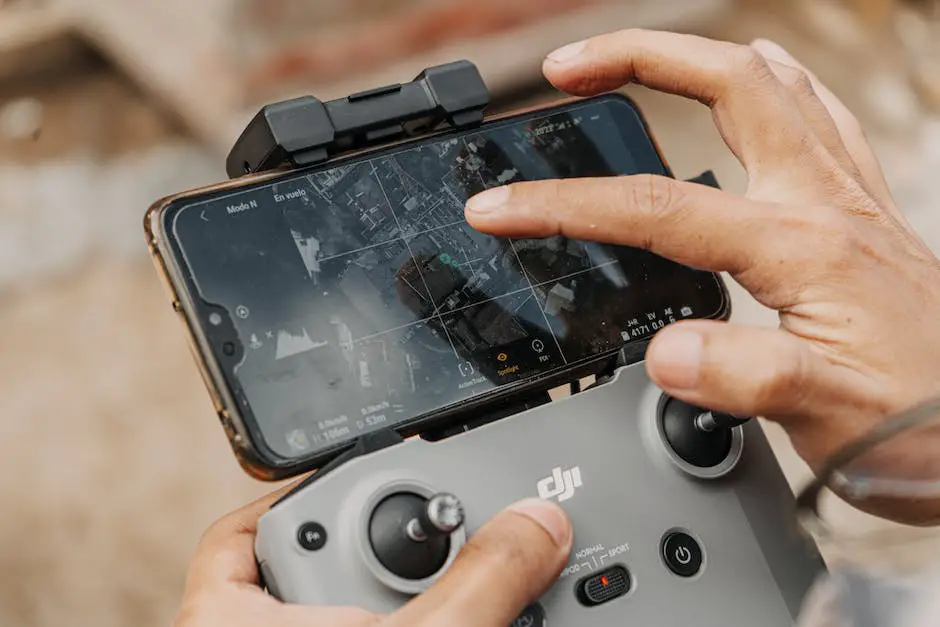
Review and Consumer Feedback on Latest DJI Drones
Unveiled by DJI, a pioneer in drone technology, these unmanned aircraft deliver beyond superb specifications. Sifting through a plethora of user and expert reviews, a vivid picture of these technological marvels emerges.
Feedback on the DJI Mavic Air 2 is predominantly positive. Technophile communities are buzzing about its HDR capabilities, enhancing still images and video footage that’s color-rich and highly detailed. This drone’s flight stability, even in windy conditions, has also drawn many commendations. Some users pointed out the benefits of the long-range FHSS OcuSync 2.0 technology, improving signal strength and video quality in urban or high interference environments.
However, not everything is blooming in the Mavic Air 2’s users reviews garden. A common criticism of the drone includes the absence of D-log, a feature available on many of DJI’s previous models. This omission, is noted by some users, limits the ability to color correct and adjust video footage in post-production.
Similar story stands for the feedback on DJI Mini 2. Its ultra-compact size and ease of use have won praise from users looking for convenience and portability. Many have applauded the device’s 4K/30fps video, which, combined with the 3-axis motorized gimbal, yields professional-grade visual content. Users were also similarly impressed with Ocusync 2.0 Transmission technology improving connectivity.
On the flip side, the DJI Mini 2 isn’t without its critics. First-time users report difficulties with the drone’s GPS signal and calibration. Another notable shortcoming is the absence of ActiveTrack and Obstacle avoidance features – vital functions for those aiming for professional caliber footage.
Analyzing the dialogue around DJI Mavic 2 Pro and DJI Phantom 4 Pro V2.0, it’s evident that they’re equally embraced by tech enthusiasts due to their distinctive features. Users appreciated the power and the camera quality that both of these models presented, particularly remarking on their performance in low-lighting situations owing to their adjustable apertures.
Nevertheless, the community had few gripes with these models. Experts noted DJI Mavic 2 Pro’s Hasselblad camera struggled with color accuracy, especially with skin tones in the photos. With the DJI Phantom 4 Pro V2.0, many users highlighted that the model lacks portability due to its larger size and more complex setup process.
On the whole, experts concur that DJI’s latest releases have pushed the boundaries of consumer drone technology, mostly praising their intuitive controls and superior imaging capabilities. However, the consensus is clear: there is always room for improvement. Whether a hobbyist or a professional, the task of deciding on the right drone boils down to an individual’s unique requirements and preferences.
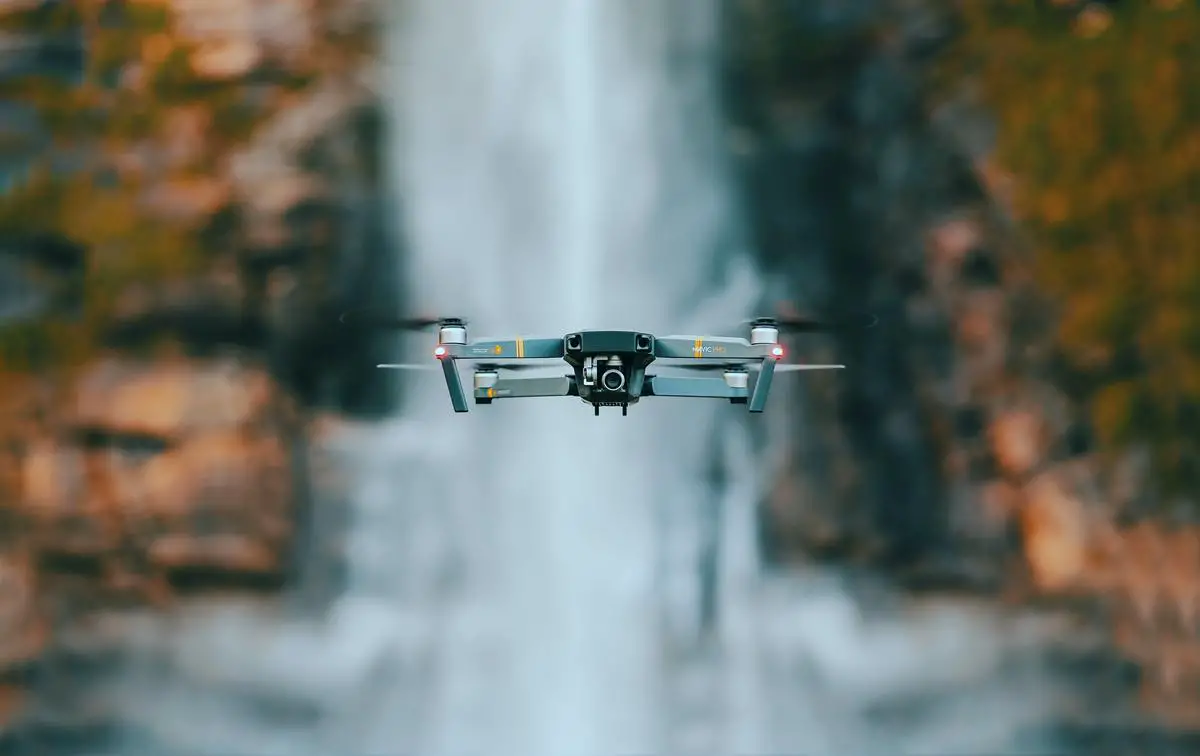
Photo by phcsantos on Unsplash
Having traversed the distinctive features, comparative analysis, practical applications, and concrete feedback of the latest DJI drones, it’s evident that DJI’s technological advances are testament to the limitless capabilities of drone technology. These drones have transcended consumer expectations in various fields, showing commendable potential for innovation. Indeed, DJI drones have already marked their eminence in various industries from surveillance to agriculture, capturing stunning cinematography to accurate mapping. Their capabilities continue to facilitate more automated and efficient processes that revolutionize traditional methodologies. As the drone industry soars towards an exciting future, one can only anticipate what more DJI will bring to the table.
Originally posted 2024-01-04 01:08:10.

